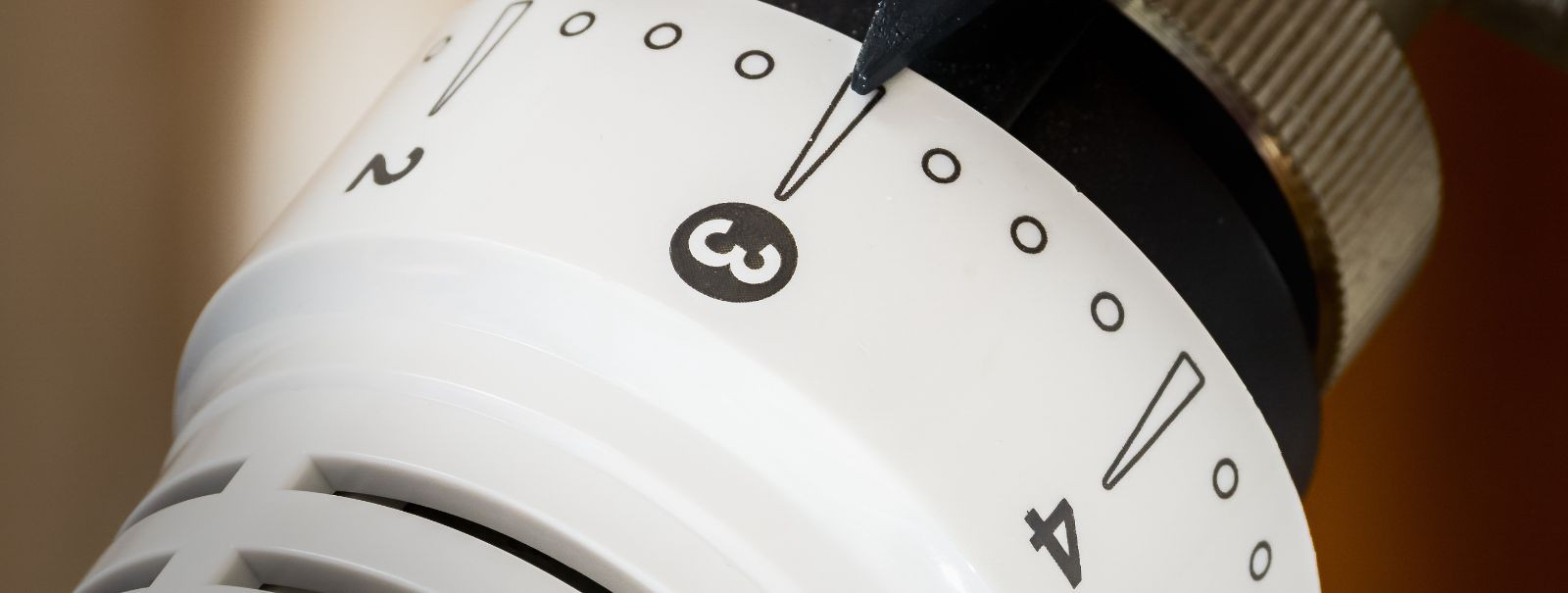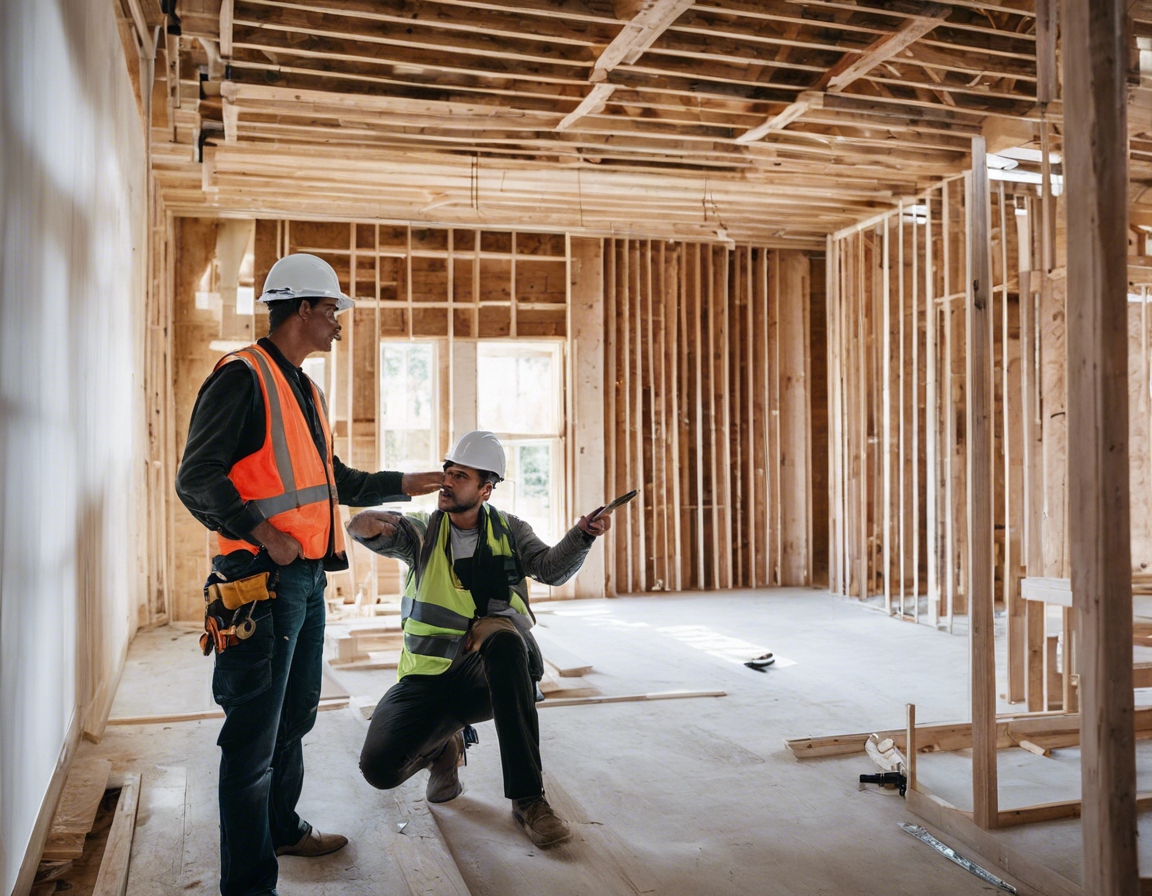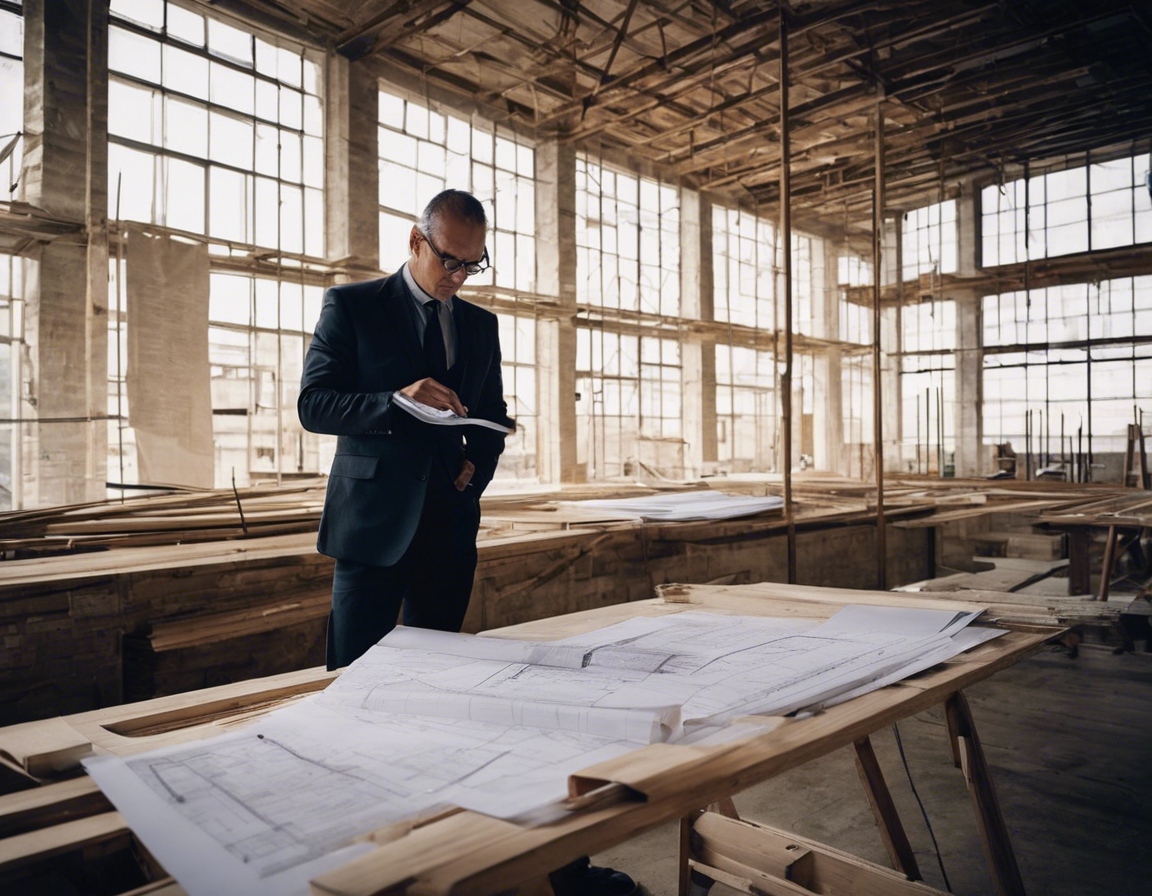The future of real estate: sustainable climate control
As the world grapples with climate change, the real estate sector is under increasing pressure to reduce its carbon footprint. Buildings are responsible for a significant portion of global energy consumption and greenhouse gas emissions, making sustainable climate control not just an environmental imperative but also a business one.
Climate control goes beyond just heating and cooling. It encompasses maintaining indoor air quality, humidity, and overall building comfort, which are essential for the well-being of occupants and the longevity of the structure itself.
Emerging Technologies in Climate Control
Advancements in HVAC technology are leading the way towards more efficient and intelligent climate control solutions. Smart systems can learn from user behavior, adjust to weather forecasts, and integrate with other smart building technologies to optimize energy use.
The integration of renewable energy sources like solar and wind into climate control systems is becoming more prevalent. These technologies reduce reliance on fossil fuels and can significantly lower operational costs over time.
Geothermal systems use the stable temperatures of the earth to provide heating and cooling, offering a highly efficient alternative to traditional methods. They have a low environmental impact and can provide long-term savings.
PCMs are substances that absorb and release thermal energy during the process of melting and freezing. Incorporated into building materials, they can help regulate indoor temperatures and reduce the load on climate control systems.
Design Innovations for Enhanced Sustainability
Green roofs and living walls not only add aesthetic value but also contribute to insulation and air purification, reducing the need for artificial climate control.
Passive solar design takes advantage of the building's site, climate, and materials to minimize energy use. Properly designed, these buildings can capture, store, and distribute solar energy efficiently.
Building automation systems (BAS) can control various aspects of a building's climate control system, ensuring optimal performance and energy efficiency. They are an integral part of modern sustainable building design.
Regulatory Impact and Incentives
Building codes are increasingly mandating energy efficiency and sustainability. Green certifications like LEED and BREEAM can set buildings apart in the market and incentivize sustainable practices.
Governments around the world are offering various incentives for the adoption of sustainable technologies in real estate. These can range from tax credits to grants and rebates.
Challenges and Considerations
While sustainable climate control systems can offer long-term savings, the initial investment can be significant. It's important for stakeholders to understand the cost-benefit analysis.
Integrating new technologies into existing buildings or designing new structures around them can be complex. It requires careful planning and expertise.
Despite the clear benefits, market adoption of sustainable climate control technologies can be slow. Increasing consumer awareness and demonstrating the financial and environmental advantages is crucial.






Comments (0)